Shore Diving in Bonaire
If you're like me, you probably started diving from boats. I can't say for sure, but I'm guessing boat dives are the most common because there just aren't that many tropical places with reefs close enough to the shore that you can swim out to them. Going from boat diving to shore diving requires some changes and additional preparation on your part.
Dive Gear
Not a whole lot changes with your gear. You still need the standard items like mask, snorkel (optional), fins, wet suit, BCD, and regulator. During some months in Bonaire, you might find a hoodie or a thicker wetsuit (5mm) helpful in staying warm. And with many of the dive entries requiring a walk on rough coral, thicker than normal boots will provide additional protection for your feet.
Some things you may not have had to worry about before include:
- Noise Maker: If it's just you and your buddy, you need a way to signal the other.
- Dive Computer: Usually your dive guide takes care of the calculations to ensure a safe dive with appropriate surface interval. When shore diving in Bonaire, you'll want to have a computer to do it for you. Ideally you and your buddy will have a computer just in case your dive profiles differ.
- Waterproof Container: Because leaving valuables in your vehicle is a bad idea, having a waterproof container to hold credit cards, money, and keys is highly recommended.
Preparation and Planning
With shore diving, particularly without a guide, you're responsible for everything including the mundane like staying hydrated. Other things to include on your check list:
- Create a dive plan with specific entry and exit points, depth for going out, depth for return, agreed upon point of turn-around (e.g. geographic point or remaining PSI).
- Make a mental note of what the shore looks like where you're entering. You can then take a peek to orient yourself upon return.
- In Bonaire, there is the possibility of theft from your vehicle. This means bringing things that you need and/or don't mind losing to thieves.
Practice Safety Procedures
Checking your gear is even more important when you're diving without a guide.
- Visually check for sand in the connection point of the air tank, you can also put your finger over the air tank valve and turn it on briefly to blow out any air in the connection.
- Check the button on the BCD inflation tube to ensure it isn't stuck with sand, it should press/depress naturally.
- Once you are geared up, take a couple of test breathes using your regulator while watching your air gauge. If the needle does not move, then you have confirmed that your air tank is full and/or turned on.
- Practice low on air and out of air hand signals with your buddy.
- Practice taking each other's alternate air source so that it becomes second nature should you ever run low/out of air and need to rely on your buddy's air


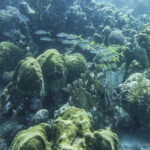
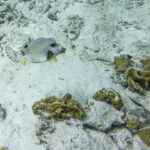
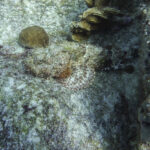
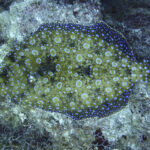
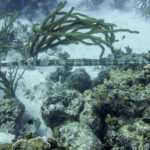
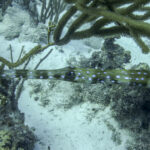
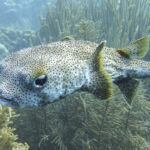
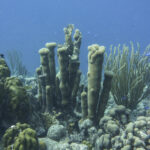

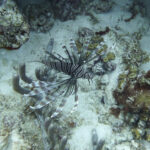
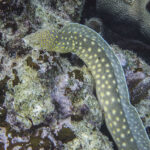

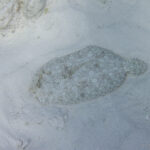
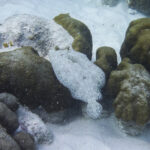
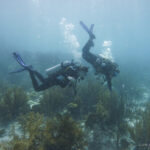
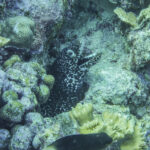


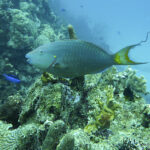
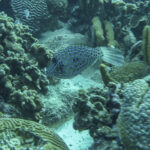
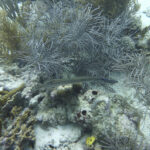
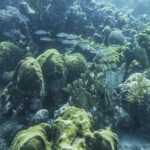
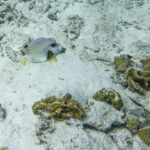
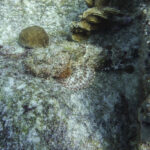
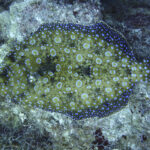
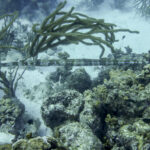




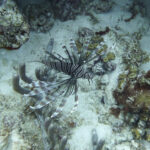


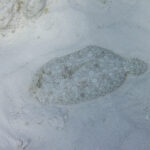
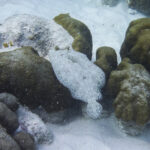
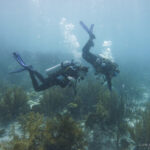
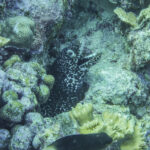



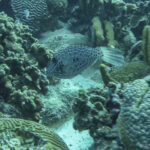
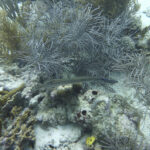


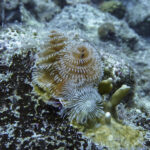
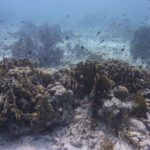
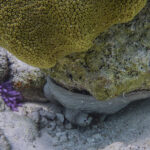


Leave a Reply